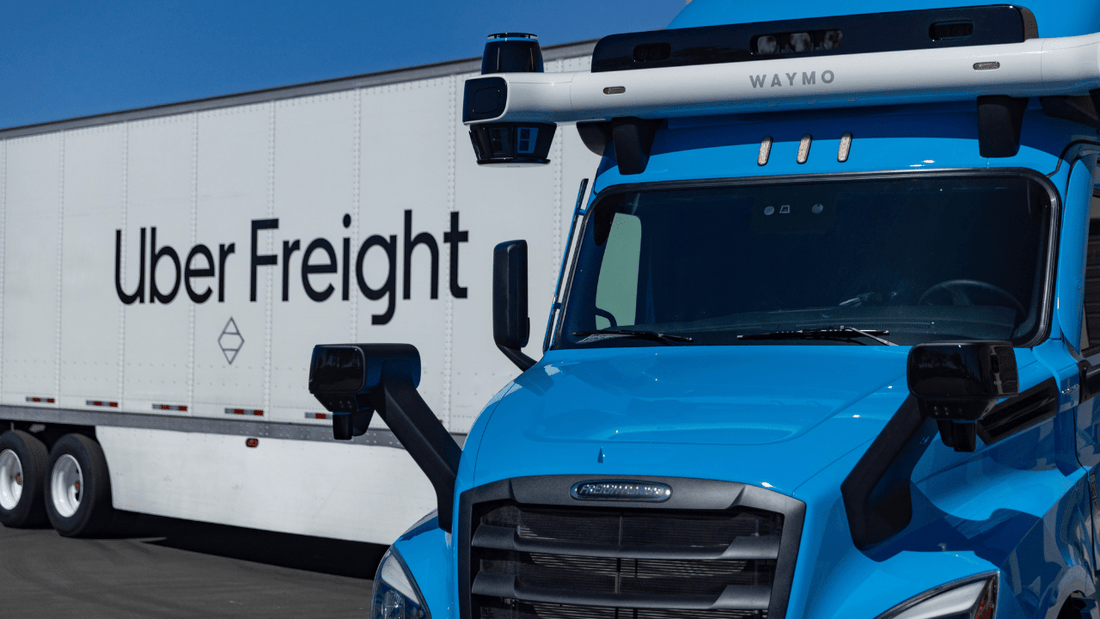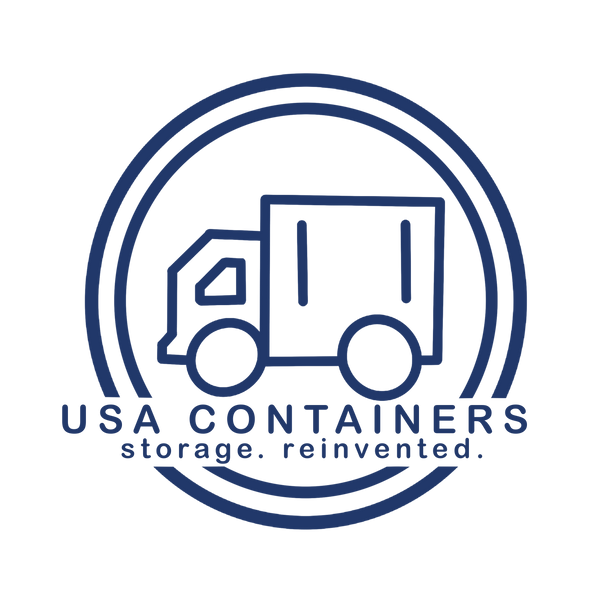
The Road Ahead: How Autonomous Trucks Are Revolutionizing Shipping Container Transport
Share
In the world of logistics, few developments are sparking as much excitement and debate as autonomous trucks. These self-driving vehicles are ready to shake up the way we transport shipping containers across highways, ports, and distribution centers. Once a futuristic concept, autonomous truck technology is no longer a “what if,” but a “when.”
So, what exactly are autonomous trucks, and how are they changing the way we move shipping containers? Let’s take a closer look at the rise of this technology, its benefits, challenges, and what it means for the future of freight.
What Are Autonomous Trucks?
Autonomous trucks are vehicles equipped with advanced sensors, cameras, radar, and AI-powered software that allow them to navigate and operate with little to no human input. Companies like Aurora, Waymo, TuSimple, and Tesla are racing to develop self-driving solutions that can handle long-haul routes with high efficiency.
These trucks are especially promising for shipping container transport, where consistency, route repetition, and predictability are common. Instead of relying on a human driver to haul cargo across the country, an autonomous truck can operate 24/7 with minimal downtime.
Why Focus on Shipping Containers?
The traditional process of moving containers from ports to warehouses or distribution centers is often bogged down by delays, labor shortages, and rising fuel costs. This is where autonomous trucks shine. Their ability to drive longer distances without breaks, optimize fuel usage, and reduce human error makes them a perfect fit for the container logistics industry.
Key Benefits of Using Autonomous Trucks for Shipping Container Transport
1. 24/7 Operation: Unlike human drivers who must rest due to legal and safety regulations, autonomous trucks don’t need sleep. This enables round-the-clock operation, cutting down on delivery times and boosting efficiency.
2. Cost Reduction: While the upfront cost of autonomous trucks is high, they offer long-term savings. Fewer drivers mean reduced labor costs, and their precise driving patterns help save fuel and reduce wear and tear.
3. Improved Safety: According to the National Highway Traffic Safety Administration, human error accounts for 94% of serious crashes. Autonomous trucks are designed to eliminate distracted or fatigued driving, enhancing road safety.
4. Optimized Logistics: With integrated AI and fleet management systems, autonomous trucks can choose optimal routes in real-time, avoid traffic, and streamline shipping container drop-off and pickup schedules.
5. Sustainability: Many autonomous trucks are electric or hybrid, helping reduce emissions and support greener supply chains—something that’s becoming increasingly important for companies with ESG goals.
Real-World Examples
Several pilot programs and partnerships have already proven the potential of autonomous trucking in shipping container transport.
TuSimple successfully completed a fully driverless run on public roads in Arizona in 2021, hauling freight over an 80-mile route without human intervention.
Aurora partnered with FedEx and Uber Freight to begin moving shipping containers between major hubs in Texas, using autonomous trucks on fixed routes.
Waymo Via, Google’s self-driving division, has been testing autonomous transport of goods for companies like J.B. Hunt and UPS.
These real-world applications are showing that autonomous trucks aren’t just a cool concept—they’re a practical solution.
Challenges to Consider
Despite all the advantages, the road to full autonomy isn't without speed bumps.
1. Regulatory Hurdles: Laws around autonomous vehicles vary from state to state. Without federal regulation, scaling operations nationwide remains a challenge.
2. Technology Limitations: While great on highways, autonomous trucks still struggle with urban environments, poor weather, or unpredictable road conditions. Most deployments are limited to well-mapped routes and specific conditions.
3. Cybersecurity Concerns: With increased connectivity comes the risk of hacking. Ensuring that these systems are secure from cyber threats is critical.
4. Job Displacement: One of the biggest concerns is the impact on truck drivers. While some roles may evolve (e.g., remote operators or technicians), others could no longer be necessary, leading to workforce disruption.
What’s Next for the Industry?
The next five years will likely see increased adoption of autonomous trucking—especially in port-to-warehouse and hub-to-hub routes. These environments offer controlled settings where the technology performs best.
Expect to see a hybrid model emerge, where autonomous trucks handle long hauls, and human drivers take over for complex urban deliveries. This “middle mile” automation is where most companies are currently focusing their resources.
Additionally, as AI, machine learning, and sensor technologies continue to evolve, so will the capabilities of autonomous trucks. Combined with the growing pressure for faster, cheaper, and greener logistics, the future of shipping container transport is leaning into autonomy.
Deliveries with autonomous trucks is a practical solution to many of the logistics industry's biggest headaches. For companies that rely on shipping containers, this shift promises better efficiency, reduced costs, and a more resilient supply chain.
While the technology isn’t perfect yet, it’s moving fast. As regulations catch up and public trust grows, you can expect to see more autonomous trucks on the interstate, hauling everything from electronics to raw materials in shipping containers.
Whether you're a logistics manager, tech enthusiast, or just curious about the future of freight, one thing is clear: the autonomous truck revolution is well underway.
Fill out the form below for a free shipping container quote from USA Containers:
